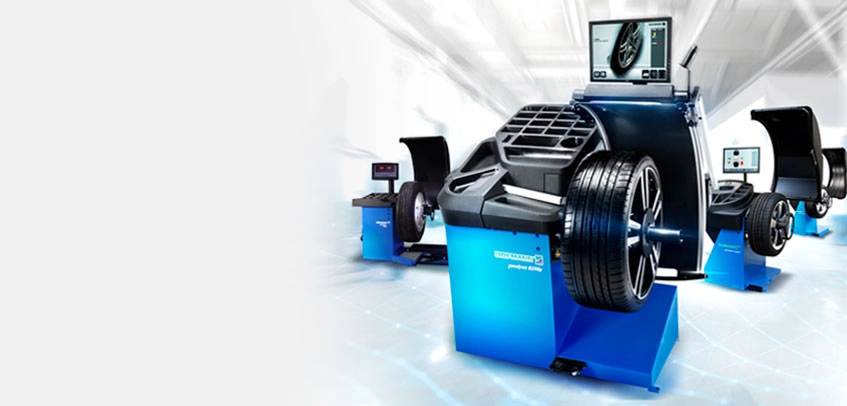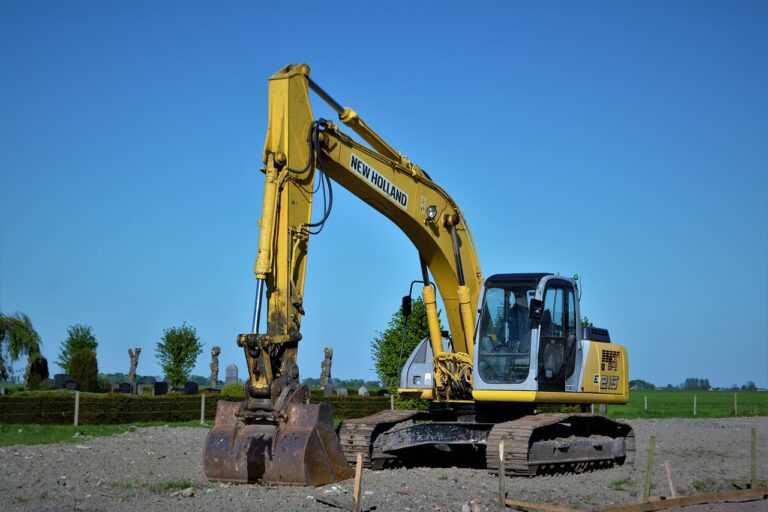When it comes to maintaining the health and longevity of your vehicle, tire care plays a critical role. The right balance of your tires not only improves driving performance but also ensures safety. One of the key elements of tire maintenance is the use of wheel balancers, which are integral in preventing uneven tire wear and optimizing driving stability. In this article, we will explore the importance of wheel balancing, how it impacts tire wear, and its role in driving stability. Along the way, we will discuss various types of wheel balancers and their specific benefits, highlighting brands like Hofmann, known for their advanced balancing technology.
What Are Wheel Balancers?
Wheel balancers are specialized machines that are used to ensure that a wheel and tire combination is evenly balanced. When a wheel is out of balance, it means that one part of the wheel or tire is heavier than the other, causing an uneven distribution of weight. This imbalance can result in a host of problems, from excessive vibration to premature tire wear, which can drastically affect your vehicle’s performance and safety.
Wheel balancing works by identifying the areas of the wheel that need adjustment to achieve a uniform weight distribution. This process is typically done by a trained technician who places the wheel on the balancer, which uses sensors and weights to identify where imbalances exist.
The Impact of Imbalanced Tires on Tire Wear
The primary issue caused by an imbalanced tire is uneven tire wear. When a tire is out of balance, it wears unevenly, leading to bald spots or excessive wear on certain areas. Over time, this can cause the tire to degrade much faster than it would otherwise. Tires are a significant investment, so maintaining their longevity is essential for both your budget and vehicle safety.
An imbalanced tire may exhibit several signs, including:
- Vibration: The most noticeable effect of an imbalanced wheel is vibration, particularly at higher speeds. This vibration is often felt in the steering wheel, seat, or floorboard.
- Uneven tread wear: If you notice that the tread on one part of your tire is much thinner than the rest, it’s a sign that your tire is imbalanced.
- Reduced fuel efficiency: Imbalanced tires cause additional friction on the road, which can lead to lower gas mileage.
By balancing your tires, you ensure that the tread wears evenly, increasing the lifespan of your tires and improving overall performance.
How Wheel Balancers Affect Driving Stability
When your vehicle’s wheels are properly balanced, the driving experience is much smoother and more stable. Imbalanced wheels can cause a range of issues that directly impact driving stability. These include:
- Vibration and Noise: Imbalanced tires lead to vibration that can be felt through the steering wheel, causing discomfort for the driver and passengers. This vibration can also affect the suspension system, leading to additional wear on components.
- Handling Issues: Properly balanced wheels contribute to more precise handling. When tires are unbalanced, it can cause your vehicle to pull in one direction, leading to poor control, especially at high speeds or in difficult driving conditions.
- Safety Concerns: Unbalanced wheels can cause the vehicle to behave unpredictably. At high speeds, imbalances become more pronounced, which may increase the likelihood of accidents. In critical driving situations, such as emergency braking or sharp turns, having properly balanced wheels could make the difference between a safe response and an uncontrollable situation.
The Role of Wheel Balancers in Tire Maintenance
To prevent these issues, tire balancing should be performed regularly, particularly when new tires are installed or when you notice signs of imbalance. Professional tire shops typically use advanced wheel balancers to carry out the task efficiently. These machines use sensors to detect any imbalances and suggest the correct amount of weight to be added to the wheel.
One prominent brand in the wheel balancing industry is Hofmann, known for its precise and reliable wheel balancing systems. Hofmann provides state-of-the-art equipment that ensures perfect wheel balance, allowing for smoother rides and longer-lasting tires. Their products cater to both consumer and professional needs, offering features such as digital readouts and automatic adjustments, which are essential for efficient tire balancing.
Types of Wheel Balancers
There are two primary types of wheel balancers: static and dynamic. Understanding the differences between these two types is important in choosing the right equipment for balancing your tires.
- Static Wheel Balancer: Static balancers measure imbalance by checking if the tire stays in a fixed position when placed on the balancer. If the wheel is unbalanced, it will not settle in one spot. This type of balancer is generally used for simpler balancing tasks and is more common in consumer-grade equipment.
- Dynamic Wheel Balancer: A dynamic balancer measures imbalance while the wheel is in motion, providing a more precise reading. It adjusts for both lateral and radial imbalances. Dynamic balancing is typically used in professional settings where accuracy is paramount, such as when balancing high-performance or commercial tires.
Both types of balancers are effective, but dynamic balancers are generally more accurate and are recommended for most modern vehicles.
Choosing the Right Wheel Balancer
When it comes to choosing the best wheel balancer for your vehicle, there are several factors to consider. Key features to look for include:
- Precision and Accuracy: Ensure that the balancer is capable of detecting even the slightest imbalance. Machines from reputable brands like Hofmann are known for their precision.
- Ease of Use: Look for a balancer that is user-friendly, with simple controls and clear readouts. Digital displays and automatic weight application can make the balancing process quicker and more accurate.
- Speed: Faster balancing machines are ideal if you’re dealing with a high volume of tires. However, speed should not compromise the quality of the results.
- Durability: Invest in a machine that will last. High-quality machines are built to withstand frequent use and are an excellent long-term investment for tire shops or car owners.
Benefits of Regular Wheel Balancing
Regular wheel balancing provides a range of benefits, which contribute to the overall performance and safety of your vehicle. These include:
- Prolonging Tire Life: Properly balanced tires wear evenly, which extends their lifespan and reduces the need for early replacements.
- Improved Fuel Efficiency: Balanced tires create less drag, which can lead to better fuel efficiency and lower running costs.
- Smoother Driving Experience: A balanced wheel ensures a smoother and more comfortable ride, reducing vibration and improving handling.
- Enhanced Safety: Properly balanced tires enhance the stability and control of your vehicle, especially during high-speed driving and in emergency situations.
Conclusion
Wheel balancers are vital tools in maintaining your vehicle’s tires, ensuring that they wear evenly and perform optimally. By regularly using a quality wheel balancer, such as those from Hofmann, you can prevent uneven tire wear, enhance driving stability, and extend the life of your tires. Whether you’re a professional mechanic or a car owner, investing in the right wheel balancing system is a wise decision for ensuring the safety and performance of your vehicle. Regular maintenance of your tires will not only save you money in the long run but will also provide you with a safer and more enjoyable driving experience.






















































































































